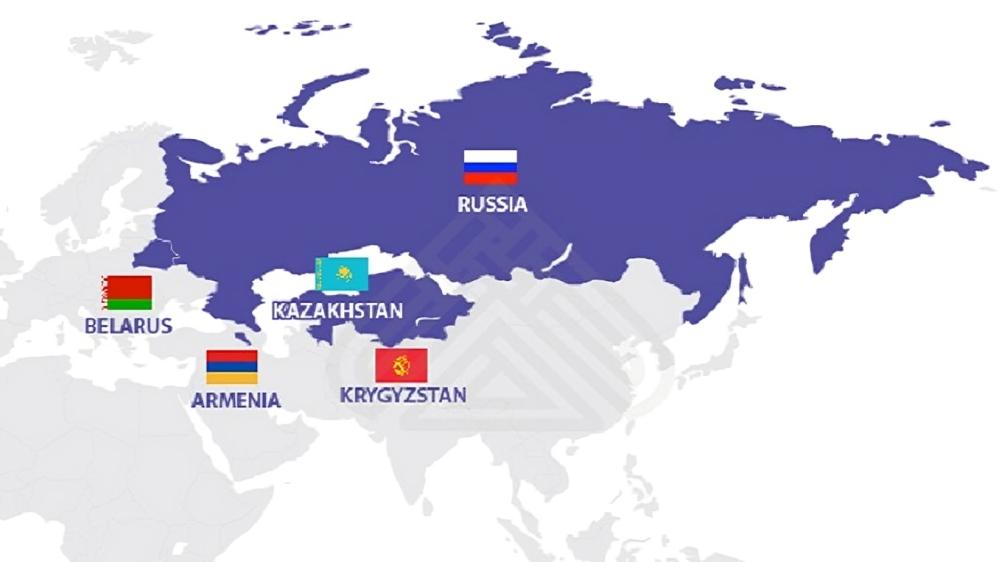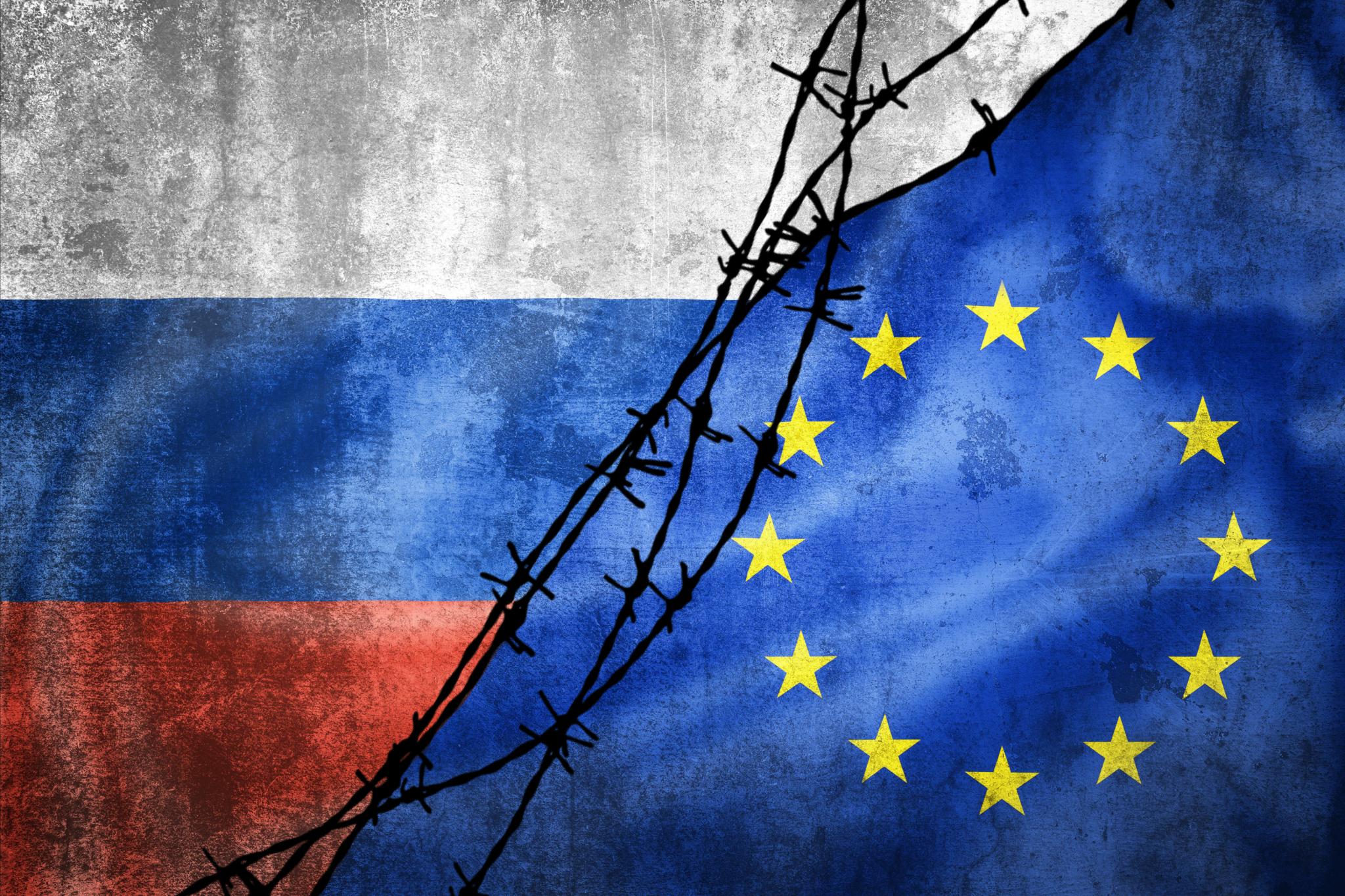What to expect from the Eurasian Economic Union? A broken unity
The Eurasian Economic Union (EAEU) – including Russia, Armenia, Belarus, Kazakhstan, and Kyrgyzstan – represents the culmination of Russia’s pursuit of regional integration with its post-Soviet neighbors. Officially, the Union has an ambitious economic goal – creating a market based on common rules for its five member states and their 180 million citizens – and Russia likes to portray the EAEU as a Eurasian replica of the European Union (EU).
However, contrary to its multilateral agenda and aspirations, the EAEU remains to this day an ineffective instrument in terms of economic cooperation and integration, paradoxically its very reasons for being. The foundation of the EAEU common market is regulation aimed at removing technical barriers to trade between the member states.
Since its establishment, the EAEU has suffered from enormous internal disagreements and uneven markets as all member states have very different goals, and there are recurrent clashes between members over the application of non-tariff regulations and accusations of protectionism. The EAEU’s main problem is Russia’s immense economic weight. In 2020, it accounted for more than 90 per cent of the organization’s GDP, and the integration process is therefore heavily tilted toward Russian interests. This imbalance frequently causes conflicts on economic issues with other member states.
This crucial factor became an important reason why even Tajikistan, the most economically underdeveloped country of the post-Soviet region, refused to join the EAEU, while Uzbekistan obtained only observer status. Moreover, in the last few years, Uzbekistan, the most populous regional country, significantly diversified its economic partnership, making new inroads into foreign markets.

According to the Statistics Agency of Uzbekistan, the country's largest trade turnover is currently still with Russia, with 18.6 per cent of the total, followed by Kazakhstan (9.2 per cent) and Kyrgyzstan (2.5 per cent). In the post-2022 period, more geopolitical challenges occurred in the Eurasian continent, worsening the realities for the EAEU. Russia's invasion of Ukraine in 2022 put EAEU member states in a sharp dilemma of supporting Ukraine's territorial integrity and not engaging in open confrontation with Russia.
Recently, the EAEU unity was challenged by another tumultuous process in the case of Armenia. Since 2020, Armenia gradually witnessed the deterioration of relations with Russia, particularly after the second Karabakh war with Azerbaijan. As a result of the heavy losses and bellicose rhetoric, official Yerevan re-oriented its foreign policy, leaning towards the West and downgrading participation in Russia-led projects, including the EAEU.
The country’s growing interest in the EU coincides with the bloc’s renewed push for greater influence in the South Caucasus, where most of its interests include expanding energy supply and shipments.
As such, on April 5, Armenia’s Prime Minister Nikol Pashinyan attended a meeting with the US and EU officials in Brussels to discuss new options for close cooperation with the West, which alarmed Russia. During the meeting in Brussels, US Secretary of State Antony Blinken reassured their strong commitment to supporting Armenia in economic and security fields to defend it against "any threat," referring to Russia.

Hence, the EU would allocate €270 million to support businesses and industry in Armenia over the next four years as part of "a new and ambitious partnership agenda." In light of these statements, the Armenian government frequently criticizes Russia for almost suspending its membership in the Russia-led Collective Security Treaty Organization (CSTO) even though Yerevan is in no rush to terminate its partnership within the EAEU given its significant role in Armenia's economic growth and trade turnover.
However, membership in the EAEU prevents Armenia from signing individual trade agreements with foreign countries, and Armenia's economic agreements with the United States and the European Union diverge from EAEU requirements in several areas.
Apart from Armenia, Kazakhstan, another crucial regional actor, recently criticized the EAEU’s obligations as its energy exports often rely on Russian pipelines and ports. Therefore, Kazakhstan would soon become the following country agitating to leave the EAEU, given its economic interests and continuous energy exports to Europe.
Moscow’s war has damaged long-term prospects for Russia’s ability to serve as a source of investment for EAEU members and potential partners, even though the Union continues to demonstrate diverging trends. Notwithstanding, it is evident that Russia-led projects and the security bloc lost any attractiveness in the post-Soviet region, and its future remains under question.








